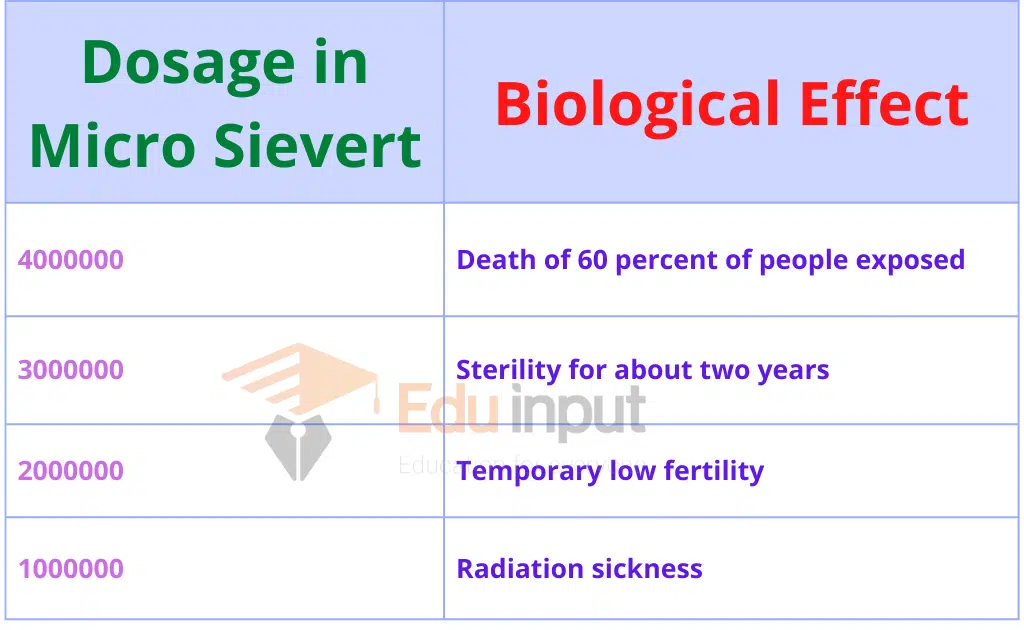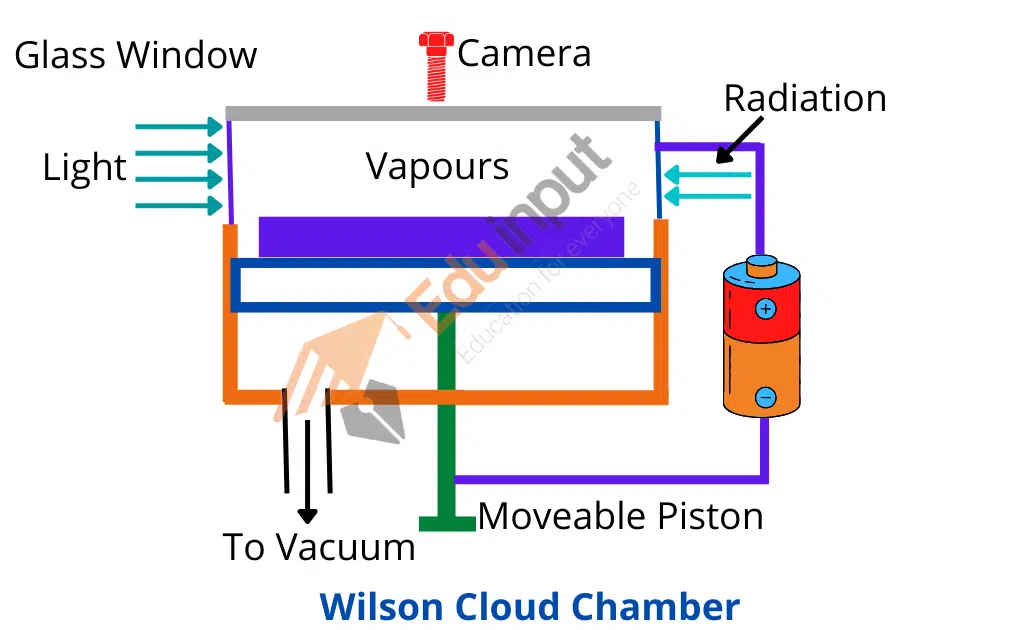Fusion Reaction | Limitation and Future of Fusion Reaction
A nuclear reaction in which two light nuclei merge to form a heavy nucleus is called a fusion reaction. During this process, energy is released.
Fusion Reaction
The energy given out per nucleon per fission of heavy elements like uranium is 0.9 MeV. It is due to the fact that the binding energy per nucleon of the fission fragments is greater than uranium.
In fact, energy is obtained from any nuclear reaction in which the binding energy per nucleon of the products increases.
The binding energy per nucleon increases up to A = 50 Hence when two light nuclei merge together to form a heavy nucleus whose mass number A is less than 50, then energy is given out.
It is observed that when two protons and two neutrons merge to form a helium nucleus, then about 28 MeV energy is given out. Such a nuclear reaction in which two light nuclei merge to form a heavy nucleus is called a fusion reaction.
During a fusion reaction, some mass is lost and its equivalent energy is given out. In a fusion reaction, more energy per nucleon can be obtained as compared to the fission reaction.
Limitation of Fusion Reaction
Unfortunately, it is comparatively more difficult to produce fusion. Two positively charge light nuclei must be brought very close to one another.
To do so work has to be done against the electrostatic force of repulsion between the positively charged nuclei. Thus a very large amount of energy is required to produce a fusion reaction.
It is true that a greater amount of energy can be obtained during a fusion reaction compared to that produced during a fission reaction but in order to start this reaction a very large amount of energy is spent.
On the contrary, no difficulty is faced to start the fission reaction because the neutron has no charge on it and it has to face no repulsive force while reaching the nucleus.
Fusion Reaction Example
In a fusion reaction when two deuterons are merged to form a helium nucleus, 24 MeV energy is released during this process.

But there is very little chance of the formation of the Helium nucleus by the merger of two deuterons.
The probability of happening such a reaction is great where one proton or one neutron is produced as:

In both of these reactions about 1.0 MeV energy per nucleon is produced which is equal to the energy produced during fission.
If 21H and 31H are forced to fuse then 17.6MeV energy is obtained.

Methods to start fusion:
For the fusion of two light nuclei, the work has to be done to overcome the repulsive force which exists between them.
For this, the two nuclei are thrown towards one another at a very high speed. One method to do so is to give these nuclei a very large velocity with the help of an accelerator.
This method has been used in the research study of nuclear fusion of 21H and 31H.
But this method of nuclear fusion for getting energy cannot be used on a large scale.
There is another method to produce a fusion reaction. It is based upon the principle that the speed of atoms of a substance increases with the increase in the temperature c that substance.
To start a fusion reaction the temperature at which the required speed of the light nuclei can be obtained is about 10 million degrees Celsius.
At such an extraordinarily high temperature, the reaction that takes place is called a thermonuclear reaction. Ordinarily, such a high temperature cannot be achieved. However, during the explosion of an atom bomb, this temperature can be had for a very short time.
Hydrogen bomb:
Until now the fusion reaction is taking place only in a hydrogen bomb. That extraordinary high temperature is obtained during the explosion of an atom bomb, due to this high temperature the fusion reaction between 21H and 31H sets in.
In this way, a very large amount of energy is given out with the explosion.
Future of Fusion Reaction
A very large amount of energy can be had from a fusion reaction, but till now this reaction has not been brought under control like a fission reaction and so is not being used to produce an electric current.
Efforts are in full swing in this field and it is hoped that in near future some method is found to control this reaction as well.







Leave a Reply